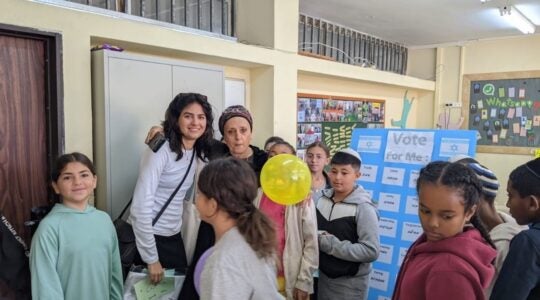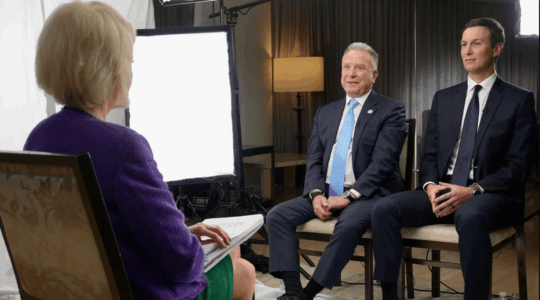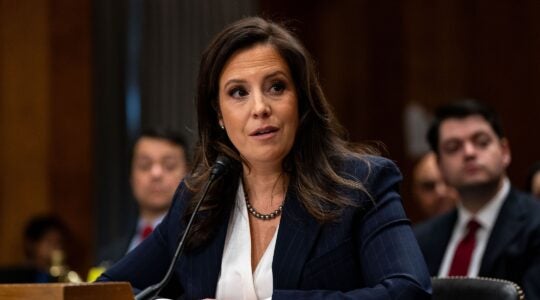Avi Chai preparing for final decade: We had an interesting conversation with the Avi Chai Foundation last week about the future of what is — at least for now — one of the country’s largest Jewish foundations.
I say "for now" because Avi Chai, perhaps best known for its work in supporting the Jewish day school movement, is set to sunset in 2020 as it spends down almost all of its estimated $600 million in assets over the next decade, when it will cease all of its operations in North America, Israel and the former Soviet Union, aside from an endowment the foundation will leave to run its campus in Israel, Beit Avi Chai.
Don’t get too excited. There won’t be a free-for-all dumping of money all over the Jewish world, a la some philanthropic version of "Brewster’s Millions."
Ten years and $600 million might seem like plenty of money and plenty of time, but not to foundation officials as they try to formulate a plan to achieve a lasting, transformative impact on the education of future generations of Jews. Toward that end, Avi Chai is in the midst of some serious introspection about its final goals and how to spend its money in pursuit of them because its investments over the next 10 years will be its legacy.
“Now we are thinking, how is the world going to change — and in that context how is the Jewish educational world going to change — over the next 10 years, as every nonprofit and every for-profit should be considering,” Avi Chai’s executive director, Yossi Prager, said. “But if you are operating in perpetuity, you don’t necessarily think in that larger framework.”
Until now, in North America, Avi Chai has focused primarily on backing day schools, as well as summer camps. Yet that was a means to an end, the end being the promotion of what foundation officials and officers call LRP — literacy, religious purposefulness and peoplehood. Convince Avi Chai that there is a better way to go and it literally could be worth your while.
That said, it’s safe to say it would take a great deal to change the consensus view at Avi Chai that day schools and camps are the best vehicles for achieving the three goals.
Most of the foundation’s annual allocations will be spent on continuing support for existing grantees. But a significant additional portion will also go toward supporting whatever foundation leaders settle on as the final strategy for promoting LRP into the future.
At this stage, Avi Chai is spending considerable manpower, time and money establishing working groups focused on several areas, including affordability and leadership. The work groups are looking at how each of these areas affect Jewish day schools and camps, conducting research, convening conversations.
In the end, Avi Chai says, it will settle on an area or two, then direct energy and money accordingly until it spends down.
The foundation was hoping the focus groups would finish their work by May, but it looks like it may be a few more months beyond that, Prager told us.
This whole spend-down process is being chronicled by Joel Fleishman, the author of “The Foundation: A Great American Secret — How Private Money is Changing the World,” who will periodically publish reports on the progress of the foundation’s final 10 years, the first of which is expected to be released in the next month or so.
But for the foundation, the key is achieving its long-term goal in a way that brings in partners to make sure that the work is continued in perpetuity by others after Avi Chai has spent its last dollar. It’s a significant shift in strategy for a philanthropy that by its own admission has until now been a “go-it-alone foundation,” according to Prager.
Still, he says, it’s not quite time for the Jewish world to forget about Avi Chai.
“Ten years is a short time, and it is a long time,” Prager said. “None of us are thinking about the end. Ten years is way too long to be saying Kaddish prematurely. But we think this is the perfect time to both define concrete goals to achieve over the decade and the right time to begin working with other philanthropies and foundations.”
JTA has documented Jewish history in real-time for over a century. Keep our journalism strong by joining us in supporting independent, award-winning reporting.





